Introduction to ABB Servo Motors Servo motors play a critical role in industries requiring precise motion control, and ABB is a leading manufacturer in this field. The ABB 3HNM00148-01 is one of their high-performance servo motors, designed to deliver exceptional accuracy and reliability. Whether used in robotics, automation, or other motion-driven applications, this motor stands out for its features and versatility. Key Features of the ABB 3HNM00148-01 Servo Motor The ABB 3HNM00148-01 is a robust, high-performance servo motor specifically crafted to meet the demands of modern industrial automation. Here are some of its standout features: 4-Bolt Flange: Ensures a secure and stable connection, providing flexibility for mounting in various setups. Dual Connection with Feedback: Offers enhanced precision and real-time control over the motor's movement, which is crucial in robotics and other automated systems. Lightweight Design: Weighing only 9kg, it offers an excellent balance between power and weight, reducing the overall load on mechanical systems while ensuring effective performance. Optimized for Robotics: The servo motor is well-suited for robotic applications, where precision, reliability, and speed are crucial. Applications of the ABB 3HNM00148-01 Servo Motor The ABB 3HNM00148-01 is primarily used in robot systems and industrial automation where high precision and fast response times are essential. Some of its most common applications include: Robotics: The motor’s precise feedback system allows for smooth and accurate robotic movements. CNC Machines: For applications that require exact motion control, this servo motor ensures fine-tuned operations. Automated Assembly Lines: Ensures fast and efficient production with minimal downtime and maximum precision. Benefits of Using ABB 3HNM00148-01 Servo Motor Integrating the ABB 3HNM00148-01 servo motor into your systems can bring several advantages: Increased Precision: With its dual feedback connection, the motor provides real-time position and speed feedback, ensuring optimal performance. Reliability: Known for its durability, the 3HNM motor is built to perform consistently even under demanding conditions. Efficient Operation: Its compact and lightweight design minimizes energy consumption while maximizing output efficiency. Why Choose ABB for Servo Motors? ABB has long been recognized as a leader in the industrial automation sector. With a reputation for quality, innovation, and support, ABB's servo motors like the 3HNM00148-01 are engineered to meet the highest standards. Here’s why you should consider ABB: Global Expertise: ABB has decades of experience in providing automation solutions worldwide. Cutting-Edge Technology: The company consistently develops innovative products that push the boundaries of motion control. Exceptional Support: ABB provides extensive customer support to ensure the successful integration and maintenance of their products. Conclusion The ABB 3HNM00148-01 servo motor ...
Read More
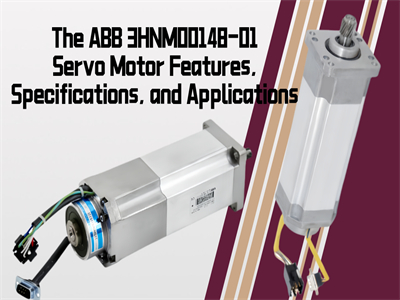

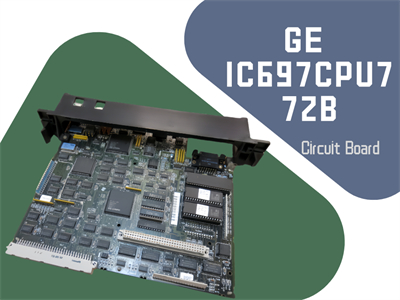

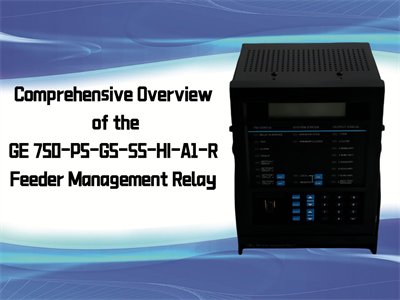
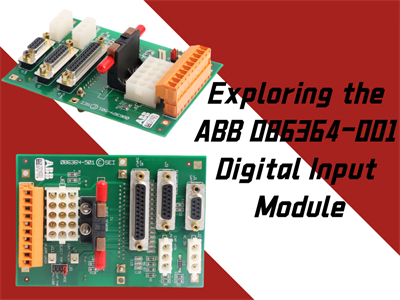
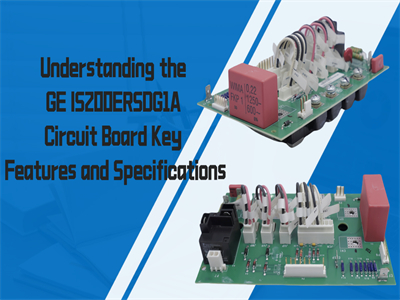
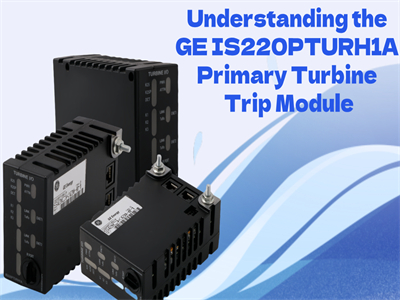
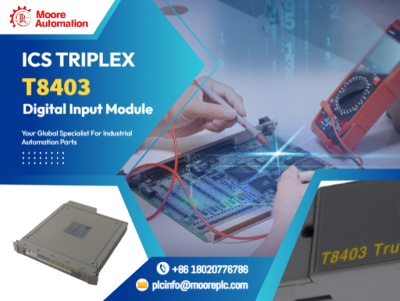

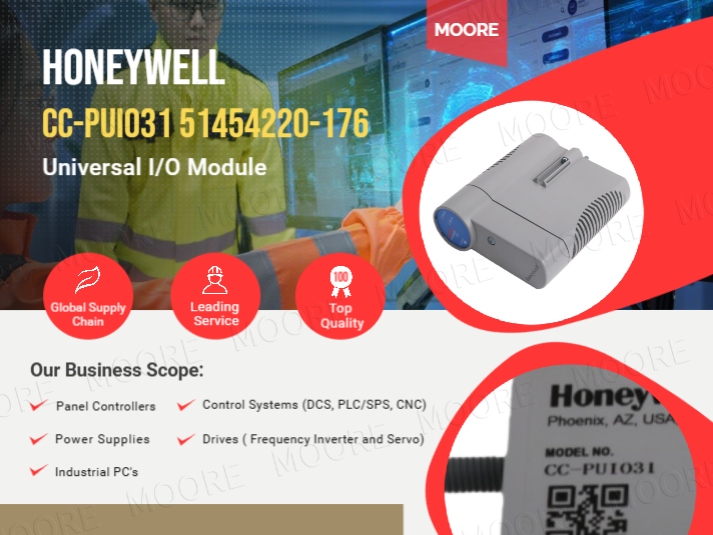
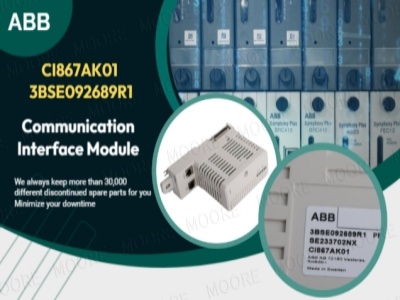












 IPv6 network supported
IPv6 network supported